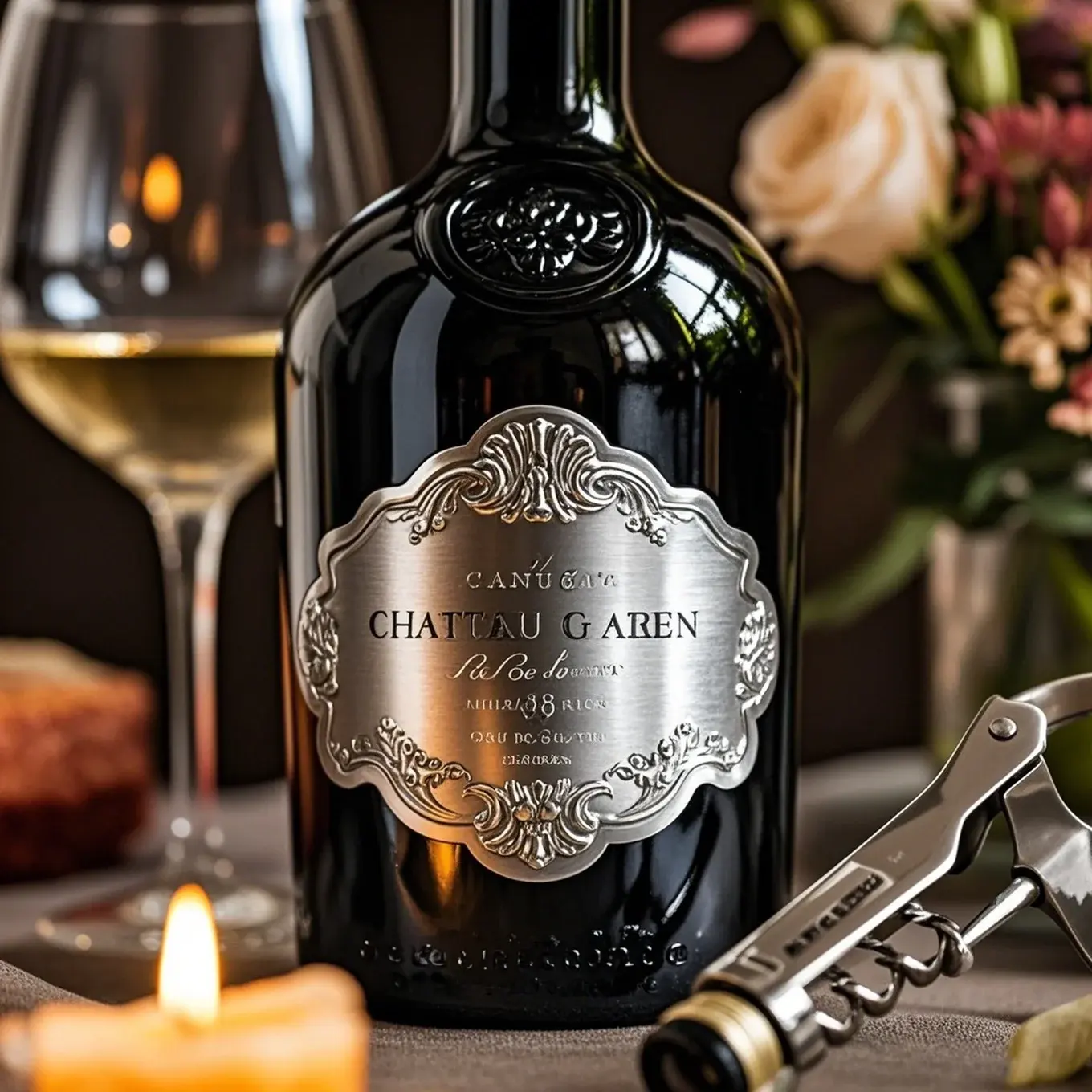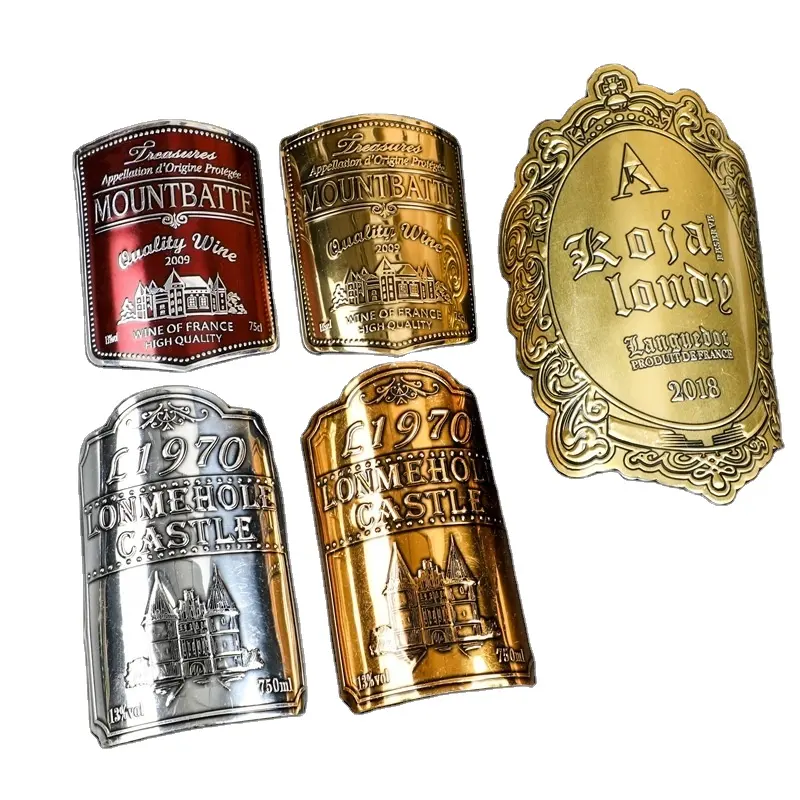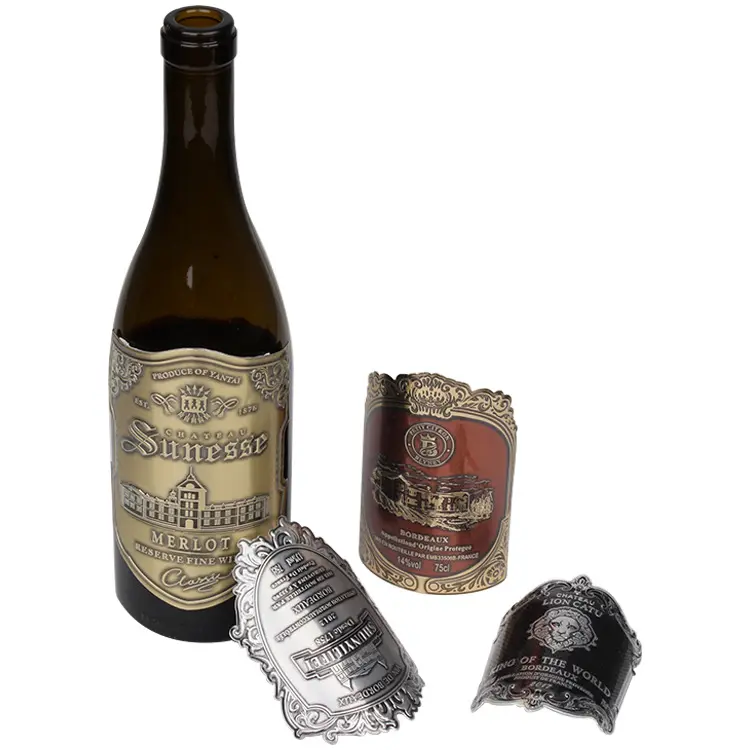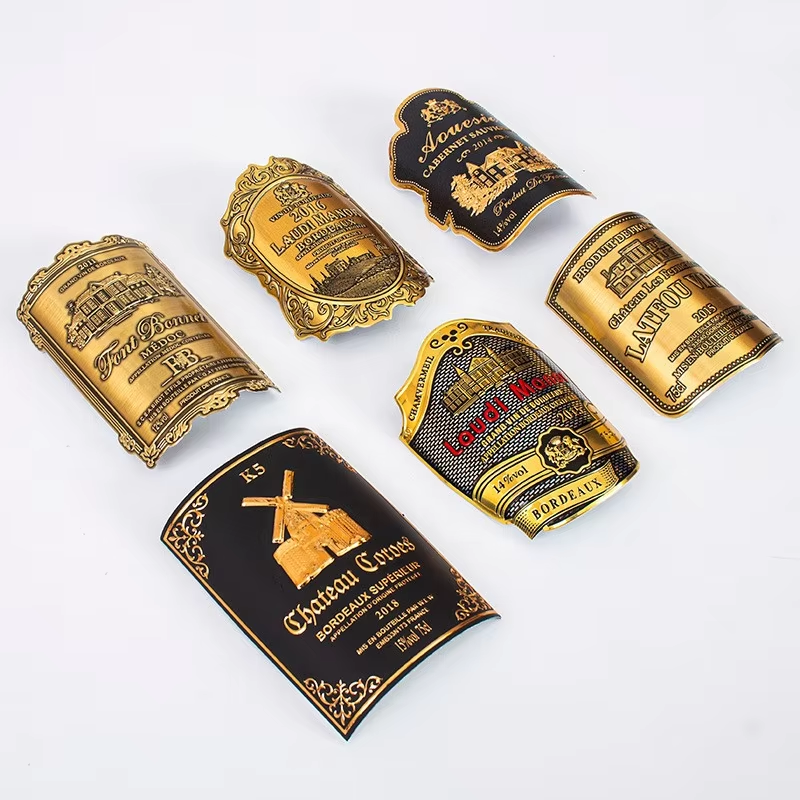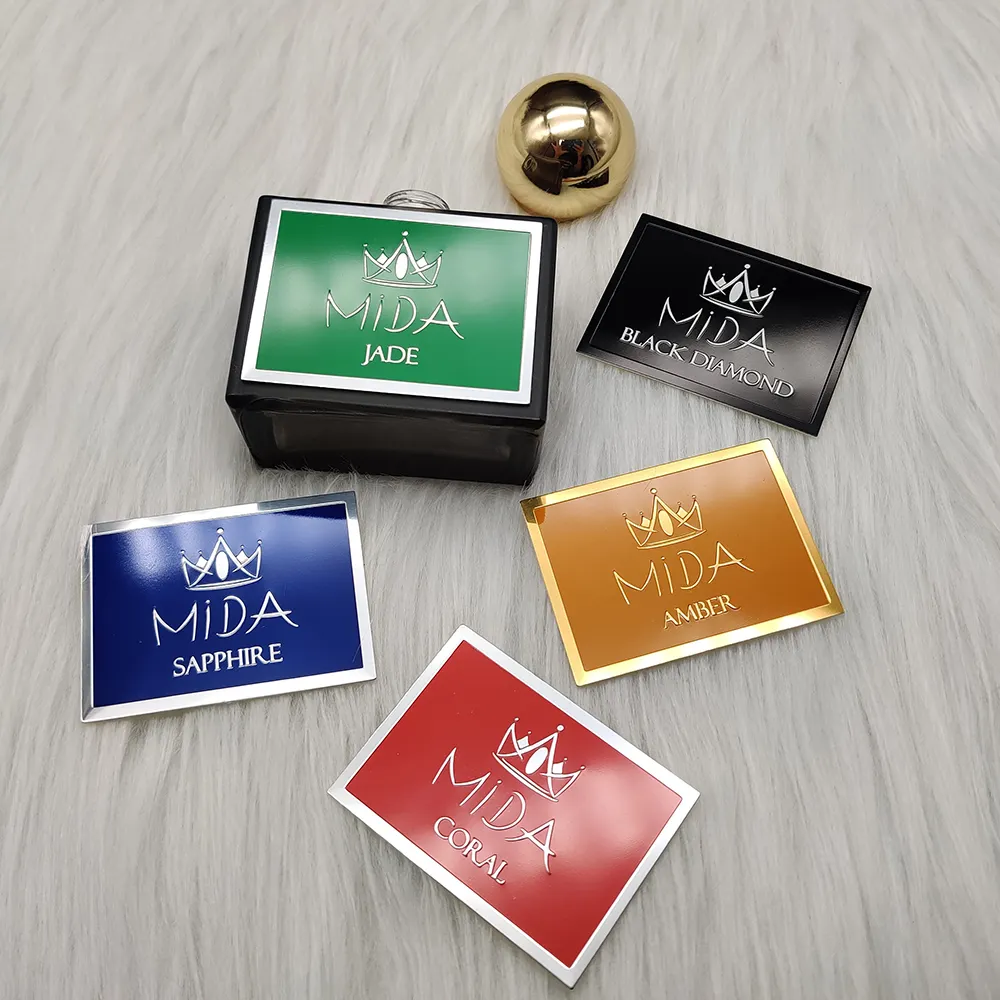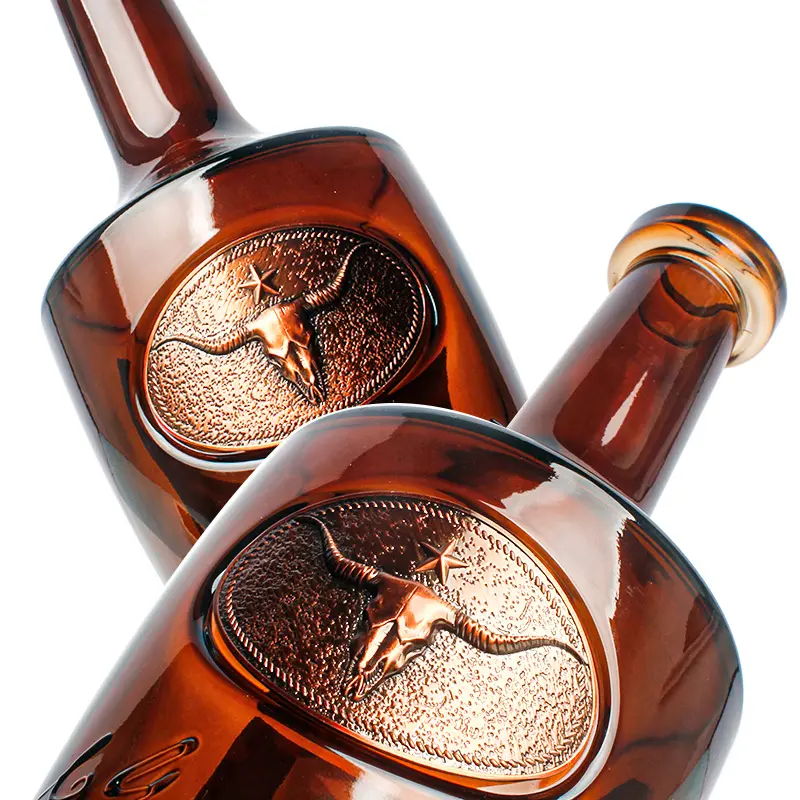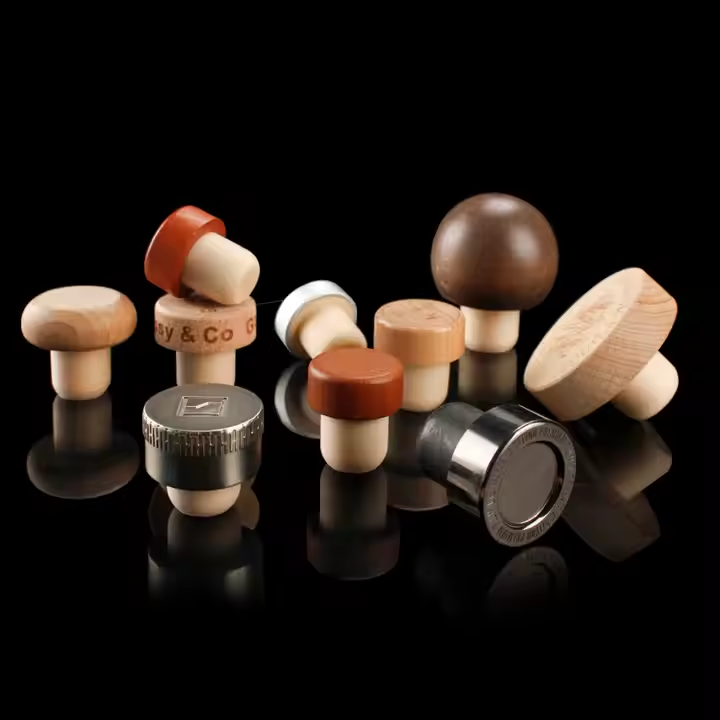Get A Quote Now!
The Benefits of Using Metal Wine Labels Over Paper Labels
When it comes to wine packaging, the label is your brand’s first impression. While traditional paper labels have been the standard for decades, metal wine labels are rapidly gaining popularity for many compelling reasons. Here’s why upgrading to a metal wine label could be the game-changer your brand needs. 1. Superior Durability Metal labels are far more resistant to water, tearing, and general wear than paper. Whether your bottles are chilled, stored in humid cellars, or handled frequently, metal labels…
How to Design a Stunning Metal Wine Label for Your Brand
A beautifully designed metal wine label can make your bottle stand out on crowded shelves and leave a lasting impression on consumers. But crafting a label that’s both visually striking and perfectly aligned with your brand identity takes thoughtful planning and creativity. Here’s a step-by-step guide to designing a stunning metal wine label that reflects your winery’s story and elevates your product. 1. Understand Your Brand Identity Before designing, get clear on your brand’s core values and personality: Are you…
What’s the Difference Between Etched and Embossed Wine Labels?
Metal wine labels add sophistication and a premium touch to any bottle. But when customizing your label, you may wonder: should you go for etching or embossing? Both techniques offer unique visual and tactile qualities — and the right choice can enhance your brand’s impact. Etched Wine Labels: Precision and Detail Etching is a process where a design is cut into the surface of the metal, either chemically (acid etching) or by laser. ✅ Key Features: Fine Line Precision: Perfect…
Top 5 Surface Finishes for Premium Metal Wine Labels
A well-designed metal wine label is only as impressive as its finish. The surface treatment doesn’t just affect the look — it communicates brand identity, quality, and attention to detail. Whether you’re going for a vintage vibe, a modern minimalist feel, or a bold luxury statement, the right finish makes all the difference. In this article, we explore the top 5 most popular surface finishes for metal wine labels and how to choose the best one for your brand. 1.…
Step-by-Step: How Are Custom Metal Wine Labels Made?
If you’re considering elevating your wine packaging with custom metal labels, understanding the production process is key. Not only does it help you make informed decisions, but it also gives you insight into lead times, costs, and customization options. Here’s a complete step-by-step breakdown of how premium metal wine labels are made — from concept to final shipment. Step 1: Design Submission & Digital Proofing Everything starts with your artwork. You submit your: Brand logo Label shape (rectangle, oval, custom…
Aluminum vs. Zinc Alloy: What’s Better for Custom Wine Labels?
Choosing the right metal material for your custom wine labels is crucial — it impacts aesthetics, durability, brand perception, and budget. Two of the most popular metals for wine labels are aluminum and zinc alloy. But which one is right for your winery? Let’s break down their differences, advantages, and ideal applications. Appearance & Feel Aluminum:Lightweight with a smooth, modern finish. It can be anodized or brushed to achieve various textures and colors. Aluminum has a clean, contemporary look that…
Which Metal Material Is Best for Wine Labels? A Detailed Comparison
When creating a premium look for your wine bottle, few elements stand out more than a custom metal wine label. But with several materials available — each offering a different appearance, weight, and price — how do you know which one fits your brand best? In this article, we explore the four most common metals used for wine labels: Aluminum, Zinc Alloy, Tin, and Stainless Steel. Each material offers unique benefits depending on your design goals, target market, and budget.…
Customized Wine Cork Stopper: How to Choose Material and Manufacture It
Customized Wine Cork Stopper: How to Choose Material and Make It When it comes to premium wine packaging, custom wine cork stoppers offer both function and flair. Whether you’re a winery owner, a corporate gift supplier, or a packaging designer, choosing the right material and customization process is key to creating a memorable wine experience. In this blog, we’ll guide you through everything you need to know about customizing wine cork stoppers—from material selection to the manufacturing process. Why Customize…



